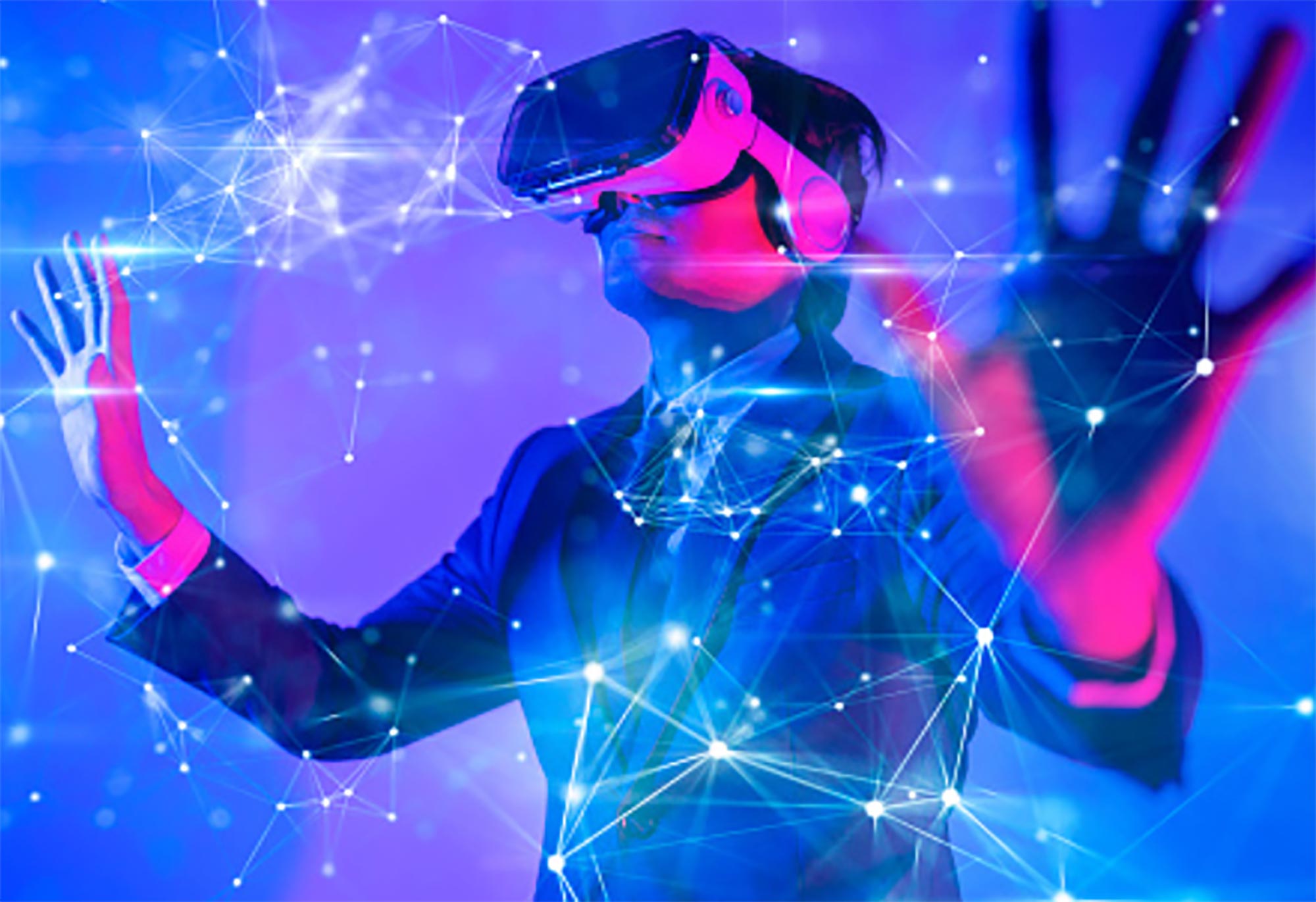
Teaching Disruptive
Technologies
to Prepare Students
for the Future
By Jude Ross
Recently I have been rethinking the idea of how we teach students to prepare them for the future. When I ask questions surrounding what they need in order to succeed professionally and personally over the next 20 years, I muse over the upcoming “Fourth Industrial Revolution,” a nod to the original of the early 1800s when tens of millions left a life of farming for city work in factories. According to a 2017 report from McKinsey Global Institute, up to one-half of all the jobs that currently exist in the world will disappear during this upheaval. This is due to disruption from new industries and technologies, such as Artificial Intelligence, Big Data, Deep Learning, Robotics, as well as PWC’s essential technologies. As former U.S. Secretary of Education Richard Riley famously stated, “We are currently preparing students for jobs that don’t yet exist, using technologies that haven’t been invented, in order to solve problems we don’t even know are problems yet.”
At the forefront, education is shifting toward the application of transdisciplinary competencies or skills that will prepare our students to be successful in a future we cannot yet imagine. So how can we actually educate kids in response to this transition? The solution is often to teach them different types of transferable competencies, also known as 21st-century skills, which include how to learn, communicate, or problem-solve. The idea is that if students know these types of transferable skills, they can succeed in any jobs that they wish as well as jobs that might not yet exist. Many of these transdisciplinary skills are already highly regarded and wanted in the workplace. One head of school from the Seattle area told me that world-renowned companies like Starbucks, Amazon, and Microsoft have no use for professionals, even those considered the best programmers in the world, who cannot communicate and collaborate effectively because they are not productive members in a team situation. Although I agree with this argument and fully believe that teaching these skills is an important part, or should be an important part, of our children’s education, I have begun to look at some things a little differently.
Blockchain and Crypto in K12 Education: Deeper Learning, an article authored by Hubert Ham for Intrepid Ed News, challenges educators to teach students about blockchain technology, how it can help our lives, “and find ways that our students can be prepared to make decisions as they grow older.” This technology is on the list of PWC’s essential technologies with items like 3D printers and drones and other technologies currently found in schools. Thinking through this argument and the other reading I do around disruptive technology and directions of business, I started thinking about how this all relates to education and how we can prepare our students for this future, beyond the previously mentioned transferable skills.

Looking at the examples of AI and blockchain, it seems to me that we can actually know some knowledge that will be relevant to the jobs that will exist in a shorter period of time, 10+ years, and can thus prepare our students for this future along with the transdisciplinary competencies that will help them succeed. At the very least, disruptive technologies should be incorporated into school curriculums; for example STEM classes with PBL initiatives woven throughout, perhaps even pondering the moral implications of these new technologies. Meredith Harbord and Sara Riaz Khan have some amazing ideas about using ethical dilemmas, outlined in their article PBL Can be Your Superpower, in order to enrich and transform curriculum. By embedding these ethical values into real-world PBL units of study, they are creating “wicked questions” for students to solve. These do not have a right answer, so they really allow for students to explore and defend their own perspectives. Most if not all of these disruptive technologies I am talking about also have very interesting moral questions or ethical dilemmas surrounding them. Using these as jumping off points can create cohesive cross-curricular PBL units where students will really get to explore the technologies as well as the implications they may have on our lives.
Interestingly, a disruptive technology not noted in PWC’s essential technologies is rocketry. Currently we are sitting at the beginning of a huge commercial push into space. This is an amazing opportunity for so much innovation and growth in so many industries in the near future, and we should be teaching our students about these new ideas now. We CAN prepare them for these future jobs. Rocketry, most certainly, should be a STEM course in most schools with myriad opportunities for innovative learning: design from ideation to actualization, 3D printing parts and modifications, physics, engineering, astronomy, weather, and PBL challenges based upon the studies and discoveries of space pioneers. I’m talking asteroid mining and the colonization of Mars and the Moon as cross-curricular ventures with core classes such as biology, social studies, humanities, and math. Space exploration also has its own ethical dilemmas that should be investigated and debated; unanticipated consequences following life-changing implications are important to think about before the technology gets too far ahead of us. Moral codes to help us develop space through an inclusive lens are a necessity.
Of course, we should also be teaching about the Metaverse. This needs to be couched in such a way that the students are involved in asking high-stakes ethical questions. As Benjamin Freud mentions in his article The Metaverse Will Bring School Closer to the End of its Product Life Cycle, “No matter how you look at it, the Metaverse will pose a huge threat to existing meta-narratives: how we distribute power, how we understand community, why school exists…” We know the metaverse is coming, and we know it will have a profound impact. So how are we preparing students for the development, creation, and implementation of this tool in a responsible manner? It’s still unclear what the metaverse will look like or how we will interact with it and within it. Yet, it is being developed by some of the biggest corporations in existence, some with questionable intentions. Teaching about the Metaverse not only allows students to better understand a technology that will be important to jobs and lives in the future, but also allows them to further explore ethical dilemmas and the rich conversations and debates that these questions create.
Although we claim to have no idea what career paths our students could possibly travel within the next 10 years or more, I am arguing here that in fact we do know to a degree the big technology that will be transforming and disrupting our lives during that time period. We might not know the exact jobs that will be available for our students and we do still need to teach them those transferable skills that will be important to them to succeed in the future, but we have the ability to propose real-life scenarios that include these technologies that will be shaping our future. Asking the moral questions and posing the ethical dilemmas that surround these technologies is just as important as discussing the technologies themselves. As educators, we cannot ignore these new and disruptive technologies, should be embracing them and using them to help educate our students, and looking deeply at the ethical implications of how these technologies will be used. If we choose to ignore them, we are doing a disservice to our students. By reading and keeping up to date on these trends in technology, we are able to see 10+ years into the future and help shape our students for success. I am challenging all schools to incorporate technologies such as AI, Rocketry, Internet of Things, Blockchain, and the Metaverse along with those technologies that have already been adapted into our classrooms: 3D printing, virtual and augmented reality, robotics, and drones. Only in this way, along with teaching transdisciplinary skills and looking at these topics through the lens of ethical dilemmas, can our students really be prepared to chart the future unwritten.

About the author
This article was brought to you courtesy of the editors at Intrepid Ed News